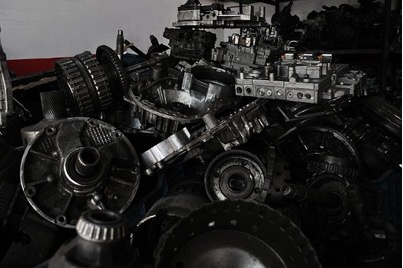Today technology fuel cells resemble the procedure upon which fuel cells are based, their forefathers was known to science for over a century. William Robert Grove in 1839, invented the fuel cell 39 years after the battery was invented by Alessandro Volto. The substances that Grove utilized were unstable and interest dwindled. Since fuel cells produce water as a byproduct, and are clean, reliable, and quiet, NASA developed the astronauts fuels cells. And once used in combustion mode, fuel cells had the benefit of generating hydrogen and oxygen.
Why Hydrogen? Hydrogen is the element in the universe. We’ll never run out of hydrogen. Some fuel cells designs can operate on fuels such as alcohol and biogas. The reformer could create some small quantities of pollutants, such as CO2 or impurities within the fuel when using hydrocarbons as fuel, but the levels are a lot smaller in comparison from combustion generators. Does a Fuel Cell Work? Nothing could happen if oxygen and hydrogen were mixed as gasses at room average temperature. Exposing these gases into a spark might cause them to combust. Fuel cells can control the discharge of the energy inside these gases by virtue of reactions that are controlled.
Since there’s no combustion, there’s no emission of pollutants like nitrous oxides, sulfur oxides, or particulates to the air. Individual fuel cells are essentially low voltage in nature. System voltage is increased by stacking individual gas cells together in series, forming a system capable of supplying voltages necessary for commercial use. One kind of fuel cell is represented below. These activities separate the electrons from the hydrogen atoms on one side of the gas cell. The cut electrons have been forced to travel a separate circuit to rejoin the oxygen on the different side of the gas cell, forming water or steam. Aqueous.








